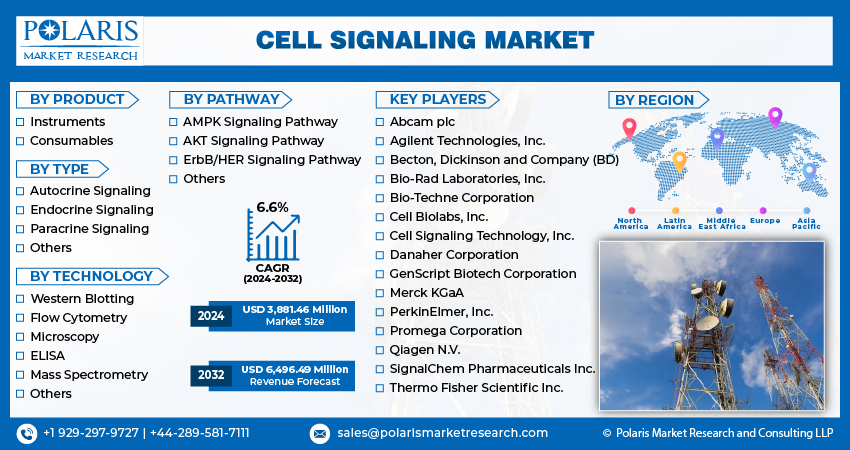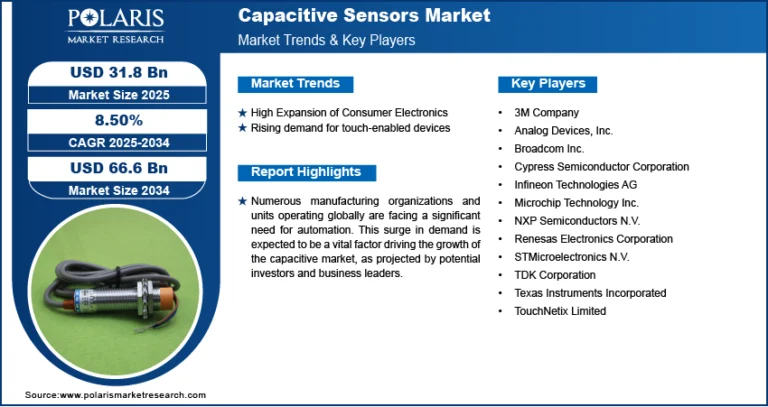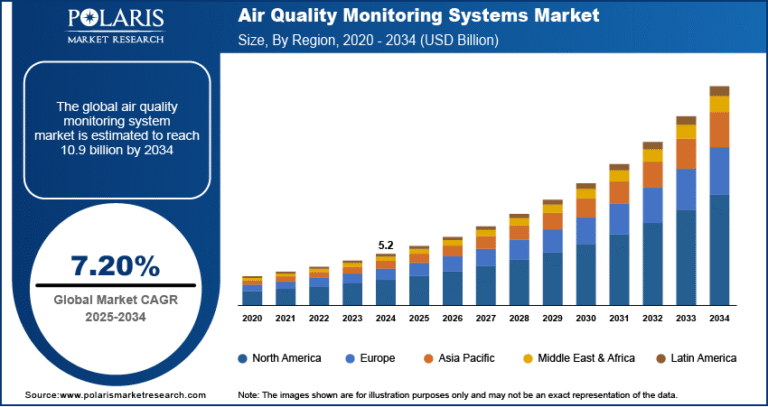Global Cell Signaling Market Set to Surpass USD 14.9 Billion By 2034 with Steady 13.10% CAGR

The global Cell Signaling Market was valued at USD 4.5 billion in 2024 and is expected to grow at a CAGR of 13.10% from 2025 to 2034. Advances in cancer research and drug discovery are major growth contributors.
Cell Signaling Market – Trends & Insights
- Growth in Targeted Therapy Research: The push toward personalized medicine is driving the use of cell signaling studies to identify and target specific pathways involved in various diseases, especially cancer.
- Advances in Single-Cell Analysis: Emerging techniques in single-cell signaling analysis are enabling more precise understanding of cellular heterogeneity, especially in tumor microenvironments and immune responses.
- Increased Use of High-Throughput Technologies: Laboratories are adopting high-throughput screening methods and multiplex assays for faster, more comprehensive analysis of signaling pathways.
- Integration of AI in Signal Pathway Mapping: Artificial intelligence and computational biology are being used to model complex cell signaling networks, predicting potential therapeutic targets.
- Rising Role in stem cell and Regenerative Medicine: Cell signaling studies are crucial in stem cell differentiation and tissue regeneration research, opening doors to novel treatments and therapies.
Market Size & Forecast
Market size value in 2025 USD – 5.1 billion
Revenue forecast in 2034 USD – 14.9 billion
CAGR – 13.10% from 2025 – 2034
Request for Free Sample:
https://www.polarismarketresearch.com/industry-analysis/cell-signaling-market/request-for-sample
Market Overview:
The Cell Signaling Market is a vital component of the broader life sciences and biotechnology sectors, focusing on the intricate communication pathways that govern cellular functions. This market supports a wide range of applications, including drug discovery, cancer research, immunology, and neuroscience. Cell signaling research enables scientists to understand disease mechanisms at a molecular level, paving the way for targeted therapies and personalized medicine. With growing investments in biomedical research and increased focus on understanding complex diseases, the demand for advanced cell signaling tools, assays, reagents, and technologies continues to rise steadily.
Key Market Growth Drivers:
- Rise in Chronic Diseases and Cancer Cases: Increased prevalence of diseases linked to abnormal cell signaling—such as cancer, autoimmune disorders, and neurological conditions—is fueling research and product demand.
- Growing R&D Investments: Government and private sector funding in life sciences R&D is significantly boosting cell signaling research across academic and industrial settings.
- Technological Innovation: Development of novel reagents, assay kits, and imaging systems is enhancing the accuracy and efficiency of signaling pathway analysis.
- Increased Use in Drug Development: Pharmaceutical companies rely heavily on cell signaling models to understand drug interactions at the molecular level and to streamline the development pipeline.
- Academic and Research Institution Growth: Expanding research in universities and institutions globally is contributing to increased demand for cell signaling reagents and instruments.
Market Challenges:
- High Cost of Equipment and Reagents: Advanced cell signaling tools and kits can be expensive, limiting accessibility for smaller research labs and institutions.
- Complexity of Signaling Pathways: The intricate and often redundant nature of cellular signaling networks can complicate interpretation and slow down drug discovery processes.
- Data Analysis Challenges: Interpreting high-dimensional data from signaling experiments requires advanced bioinformatics tools and expertise, which may not be universally available.
- Limited Reproducibility: Variability in biological samples, reagents, and protocols can impact experimental reproducibility, posing challenges for consistent research outcomes.
- Regulatory Hurdles in Therapeutics: Translating discoveries from cell signaling into viable therapeutics often faces lengthy regulatory approvals and compliance complexities.






